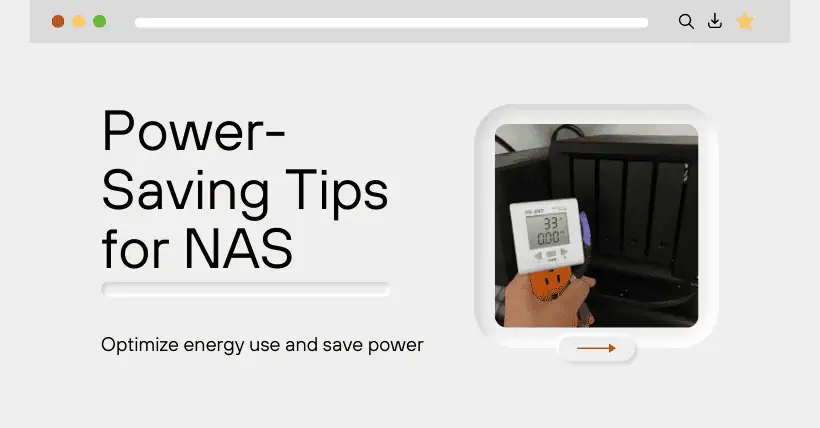If using Wake-on-LAN (WOL) and SSD, a NAS can be set to automatically power down after a period of inactivity, which is especially useful when you’re away from home or the office for extended periods. Additionally, it’s recommended to disable the device’s LED lights unless you enjoy flashy lighting effects.
1. Opt for fewer, higher-capacity hard drives
The core of a NAS is its storage drives, hence the name Network Attached Storage. This often involves using multiple drives in RAID configurations. However, power consumption increases significantly with five or more drives. More drives mean higher power consumption even during idle periods. To mitigate this, consider purchasing fewer but larger capacity drives. For example, instead of four 10TB drives, opt for two 20TB drives.
In a RAID 1 setup, this provides 20TB of storage capacity, slightly less than the 30TB in RAID 3 with four 10TB drives, but with significantly lower power consumption using only two drives. If you already have drives for your NAS and don’t want to switch technologies, another option is upgrading from HDD to SSD. NAS-specific SSDs are more expensive than mechanical hard drives but offer faster transfer speeds and lower power consumption, making them a worthwhile investment.
2. Keep NAS firmware up to date
New versions of NAS hardware and software are frequently released, offering bug fixes and optimizations that can help reduce power consumption. Keeping the operating system and applications updated is crucial not only for data security but also for lowering electricity costs.
Software vulnerabilities can lead to higher CPU or RAM usage than necessary, reducing NAS energy efficiency. Updating can address these issues.
Regular updates ensure that your NAS operates efficiently and securely. Firmware updates often include improvements that optimize power usage and overall performance. Keeping your NAS updated helps mitigate potential vulnerabilities that could otherwise lead to unnecessary resource consumption.
3. Implement power-saving features
Take advantage of built-in power-saving features offered by your NAS. Features such as scheduled power-downs during periods of inactivity can significantly reduce energy consumption. Configuring these settings appropriately can help maximize efficiency without compromising accessibility.
4. Monitor and manage usage
Monitoring the usage patterns of your NAS can provide insights into optimizing power consumption further. Utilize tools and analytics provided by your NAS manufacturer or third-party software to track energy usage and identify areas where adjustments can be made to conserve power effectively.
By adopting these practices—choosing efficient hardware configurations, keeping software updated, utilizing power-saving features, and monitoring usage—you can ensure that your NAS operates sustainably and economically over its lifespan.

Disclaimer:
- This channel does not make any representations or warranties regarding the availability, accuracy, timeliness, effectiveness, or completeness of any information posted. It hereby disclaims any liability or consequences arising from the use of the information.
- This channel is non-commercial and non-profit. The re-posted content does not signify endorsement of its views or responsibility for its authenticity. It does not intend to constitute any other guidance. This channel is not liable for any inaccuracies or errors in the re-posted or published information, directly or indirectly.
- Some data, materials, text, images, etc., used in this channel are sourced from the internet, and all reposts are duly credited to their sources. If you discover any work that infringes on your intellectual property rights or personal legal interests, please contact us, and we will promptly modify or remove it.



